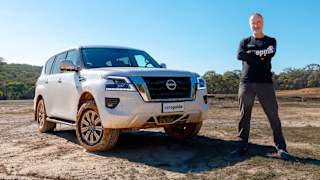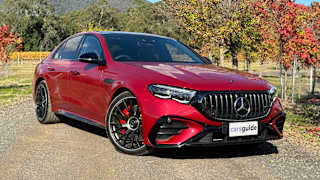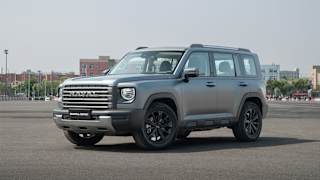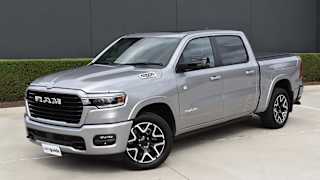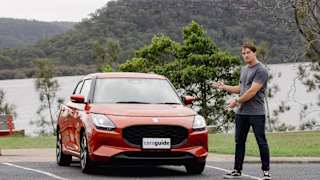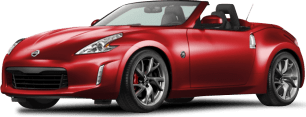The Nissan 370Z is actually the car many want the Toyobaru 86/BRZ to be. I can sense some of you spluttering out a sweary response to that notion. But hear me out.
If you, like many others, think the 86/BRZ would be perfect with an extra 50kW/80Nm, just bolt on a turbo or supercharger, and voila. You'll get that extra grunt, but remember, the 86/BRZ was conceived to be light, tactile, and, not least of all, affordable.
Up the outputs and you light the wick on an engineering arms race that should also lead to bigger brakes, an engine with more exotic pistons and a tougher bottom end, a stronger gearbox and clutch, a beefier diff, sturdier chassis, fatter rims and rubber... the list goes on, and on. Until you end up with something very much like the spec, weight, and price of the 370Z.
That's not to say this car isn't a fun drive. It is. Just don't expect the quick reflexes of an MX-5 or 86/BRZ.
Despite light-weighting tricks like an aluminium bonnet and all-alloy suspension, the 370Z weighs in at a not inconsiderable 1467kg. And although its 3.7-litre V6 develops a solid 245kW/363Nm, first impressions are dominated by its hollow mid-range.
Much as I love the free-revving nature of a naturally aspirated engine, there's no denying a modern turbo typically delivers lots of torque low down, with peak power also available within a useful rev range.
All the action here is at the top end, with maximum torque arriving way up at 5200rpm, and peak power taking over at a nose-bleed 7000rpm (the rev ceiling is 7500rpm). Not exactly an easily accessible sweet spot.
The gearbox is a sweet reminder of what a pleasure it is swap ratios in a top-notch close-ratio manual.
But there's still so much to like about this evergreen Zed. Its classic front engine/rear-drive layout results in a 53/47 front to rear weight distribution and the car feels balanced and beautifully predictable.
Suspension is double wishbone front, multi-link rear, and ride comfort, even over choppy bitumen surfaces is surprisingly good. On the flip-side, rumble coming up from the Bridgestone Potenza RE050A rubber (245/40 f / 275/35 r) is always noticeable, and often intrusive.
The steering is supported by old-school hydraulic power assist and while connection with the front wheels is impressive, overall feel is light. Hello 'Merica.
The gearbox is a sweet reminder of what a pleasure it is swap ratios in a top-notch close-ratio manual, and hats off to Exedy for producing a wonderfully progressive clutch. Personal preference was to turn off the standard 'SynchroRev Match' function, because I like having a go at the ol' heel 'n' toe tap dance myself.
Brakes are ventilated front and rear with almost equal size rotors (355mm f / 350mm r) clamped by four-piston calipers up front and two piston units at the rear. They are reassuringly powerful and consistent.
Age has not wearied the 370Z's ergonomics. Although the lack of a digital speedo and no reach adjustment for the steering column is annoying, the sports seats are snug and comfortable, the moderately chunky wheel feels great, and all the major controls are simple to use. Who needs slick screens and 'piano black' finishes?
